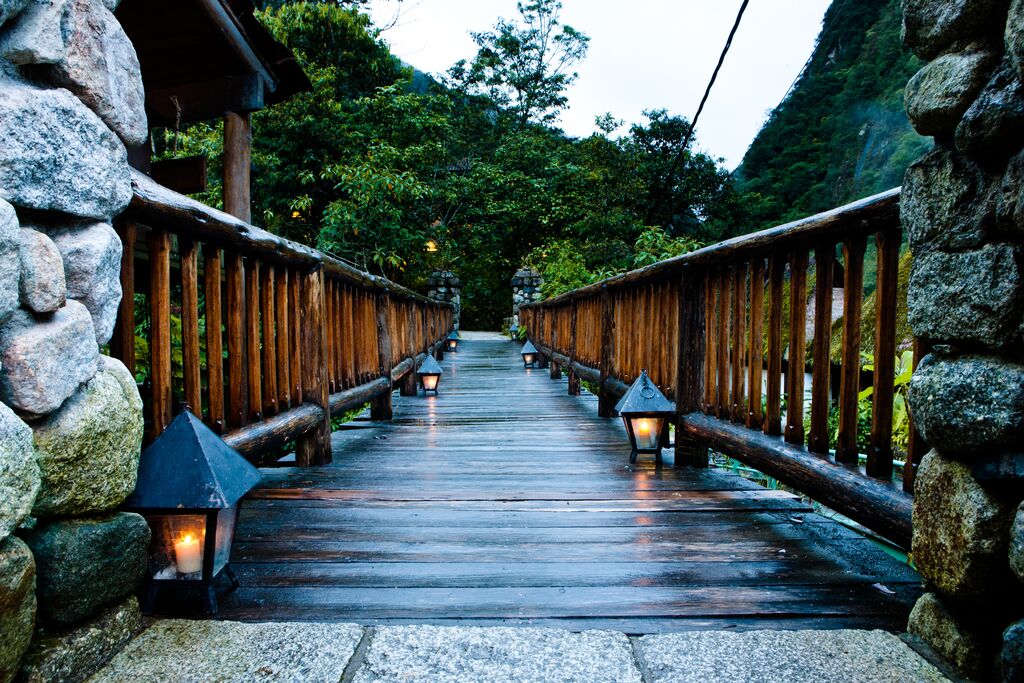
You may know it as the ancient land of the Incas, but much of the culture and heritage of Peru – arguably South America’s top bucket-list destination – is shrouded in mystery. One way to tap into the rest of Peruvian history and culture is to stay at one of the country’s most authentic lodges, hotels that wear their conservation of tradition as a badge of honor.
Two of the most committed properties are Inkaterra Machu Picchu Pueblo, near the Incan citadel of the same name (the epicentre of Peruvian history), and Palacio del Inka in Cusco. Guests on Luxury Gold’s in-depth Treasures of the Incas tour will get the chance to stay a leisurely two nights at each property, each stay a chance to really get under the skin of Peruvian culture. Atmospheric and filled with local detail, each property aims to conserve Peruvian history and educate their guests on how people lived, then and now. Here’s what you can expect from a stay.

The walkway at Inkaterra Machu Picchu Pueblo
Finding the Lost City
Inkaterra’s founders championed ecotourism long before it was a travel buzzword. Starting with a lodge in the Amazon rainforest, José Koechlin von Stein then opened the brand’s Machu Picchu property in the 1990s, determined to hire local people, assess and protect local wildlife and biodiversity, and create a captivating experience for guests visiting the Incan citadel.
The feeling of stepping back in time starts on arrival. Styled like a traditional Andean mountain village of 83 casitas, the hotel is tucked into 12.3 acres of pristine cloud forest. Rooms with private terraces and plunge pools have little touches such as fireplaces, cotton robes and Andean slippers crafted from recycled materials. In the authentic Unu Spa (meaning “water” in the native Quechua language), only 100% natural ingredients are used; Andean species including mint, eucalyptus and orchids are used to tap into traditional cures and therapies used throughout Peruvian history. After a day seeing the archaeological site, you can retreat to the Andean Sauna, a small, thatched mound heated by warmed river stones and infused with eucalyptus.
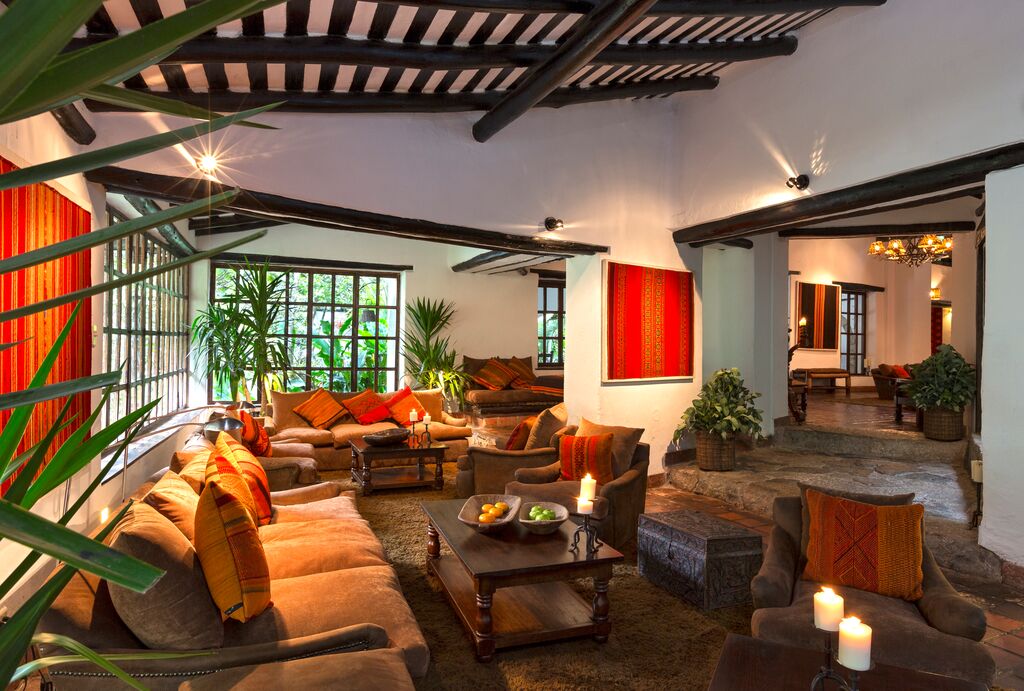
Rustic interiors at the Inkaterra Machu Picchu lodge
On top of this, Inkaterra Cafe is working on reclaiming Peru’s pre-Hispanic cuisines, and the property has a programme to rescue the country’s beloved Spectacled Bears (that’s Paddington to you and me). Working with the Peruvian National Institute of Natural Resources (INRENA), Inkaterra hotel group works to rehabilitate some of these bears – South America’s only bear species – who have been negatively impacted by human communities, and release them into the wild. They can also be sighted occasionally in the countryside around the Machu Picchu lodge.
Excursions to Machu Picchu itself are a must-do, of course; but other excursions include getting to know the local orchids (Inkaterra has a garden of some 372 species. Local festivals like August’s Pachamama are marked by shaman-led ceremonies where guests are encouraged to join in.
We also think you’ll like: Embrace The Spirituality of The Incas in Peru’s Sacred Valley
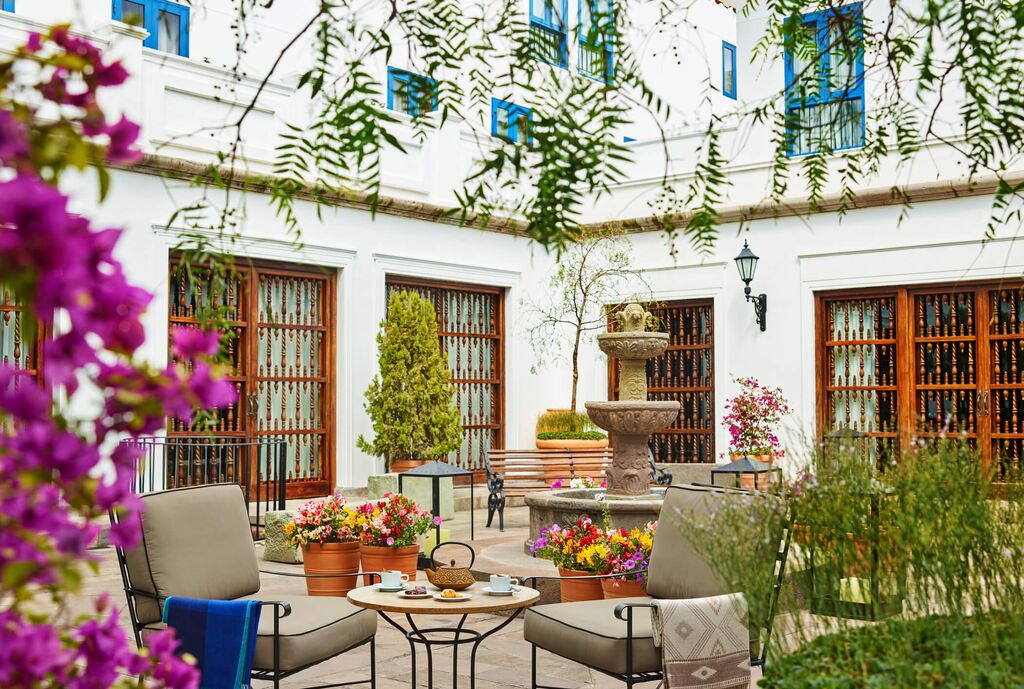
A historic courtyard at Palacio del Inka, Cusco
Palace of the Incas
The traditional feel starts with the facade of this 500-year-old building, a listed landmark which was once the home of Francisco Pizarro, Peru’s first Spanish governor. It also sits across from Cusco’s Qoricancha (Temple of the Sun), built around the year 1200. Decor here is more focused on Peru’s Spanish-colonial history, from gilded columns, polished antique furniture, valuable mirrors and vases decorating rooms and halls to lavish painted tiling above beds, arches and courtyards in the architecture. Opulent oil paintings are collected from the Cusqueña Art School, prominent in Peruvian history. Request a suite in the Casona de los Cuatro Bustos area of the building to stay in what was once the 15th-century residence.
But the Spirit Spa here puts the hotel firmly in the Peruvian Andes, with indigenous treatments dating back hundreds of years. From a grape-skin bath that takes advantage of the antioxidants in the fruit to an Inca-style mud wrap, they range from rustic to deluxe (the gold-leaf-infused Temple of the Sun treatment). Parts of an ancient Incan wall also run through the hotel’s Rumi Bar – ask staff for the full history. Daily guided tours of the Palacio can enlighten you as to the historic significance of each part of the building and grounds.
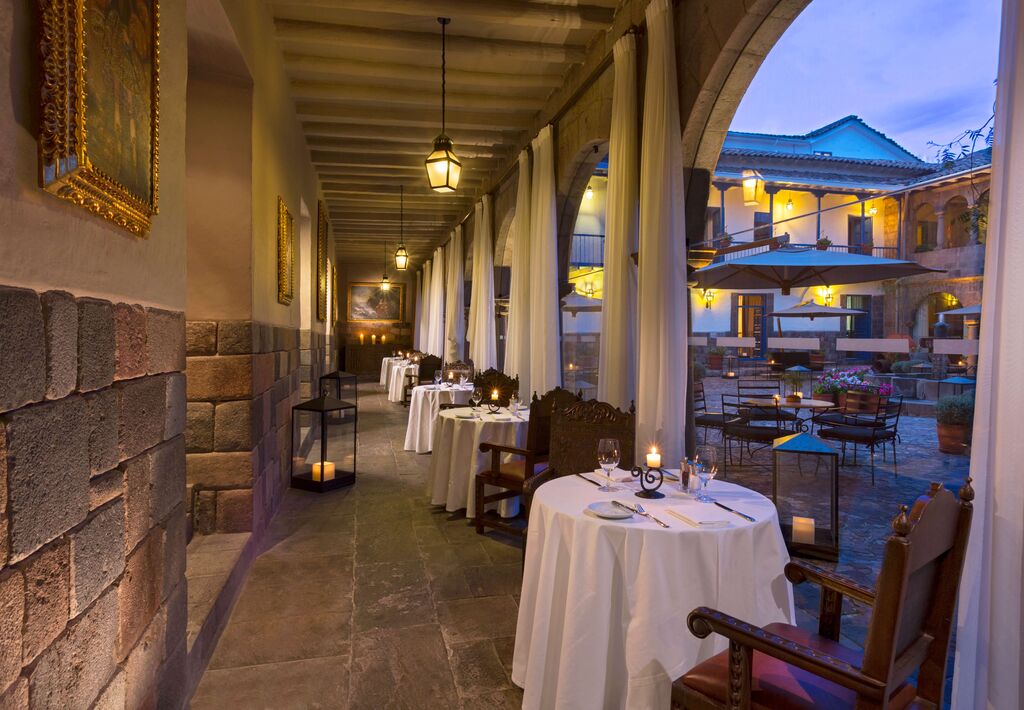
The restaurant at Palacio del Inka
In terms of food, Inti Raymi restaurant is a whirlwind through Peruvian culinary history, from zingy ceviche to grilled alpaca, and Pisco sours served in terracotta tumblers with an array of local botanical seasonings. One real highlight is the hotel’s own Pisco sour masterclass, where expert mixologists will talk you through the local spirit, made from fermented grape juice, and how it interweaves with Peruvian history, as well as how to mix the perfect pour.
Even the Palacio’s location puts you right at the heart of the Sacred Valley’s history, with the colonial architecture of Plaza de Armas all around, and shops selling traditional handicrafts to take home (the hotel concierge can point you in the right direction). The city’s cathedral, its Inka Museum and Saqsaywaman archaeological site should all be on your to-do list.
We also think you’ll like: Inside the home and studio of Peru’s most famous sculptor, Victor Delfin




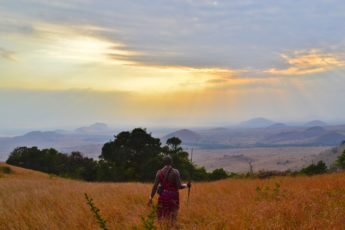
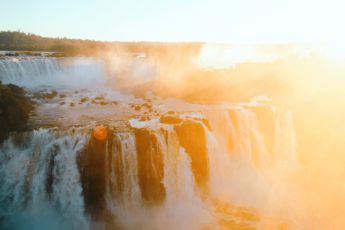
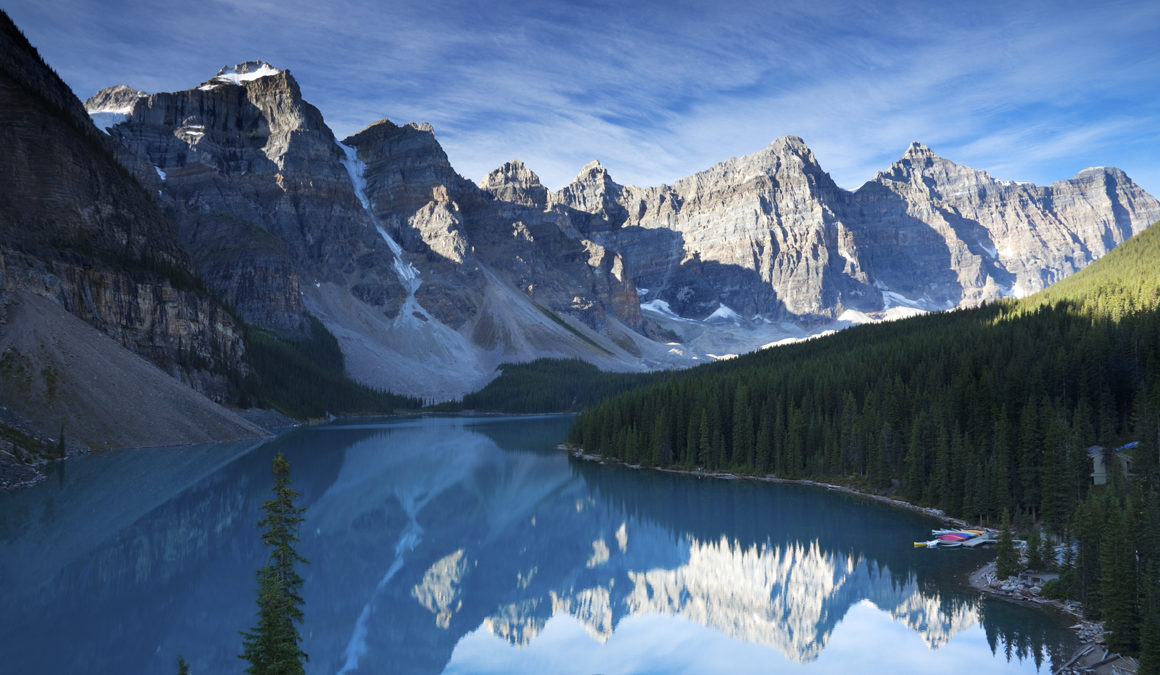
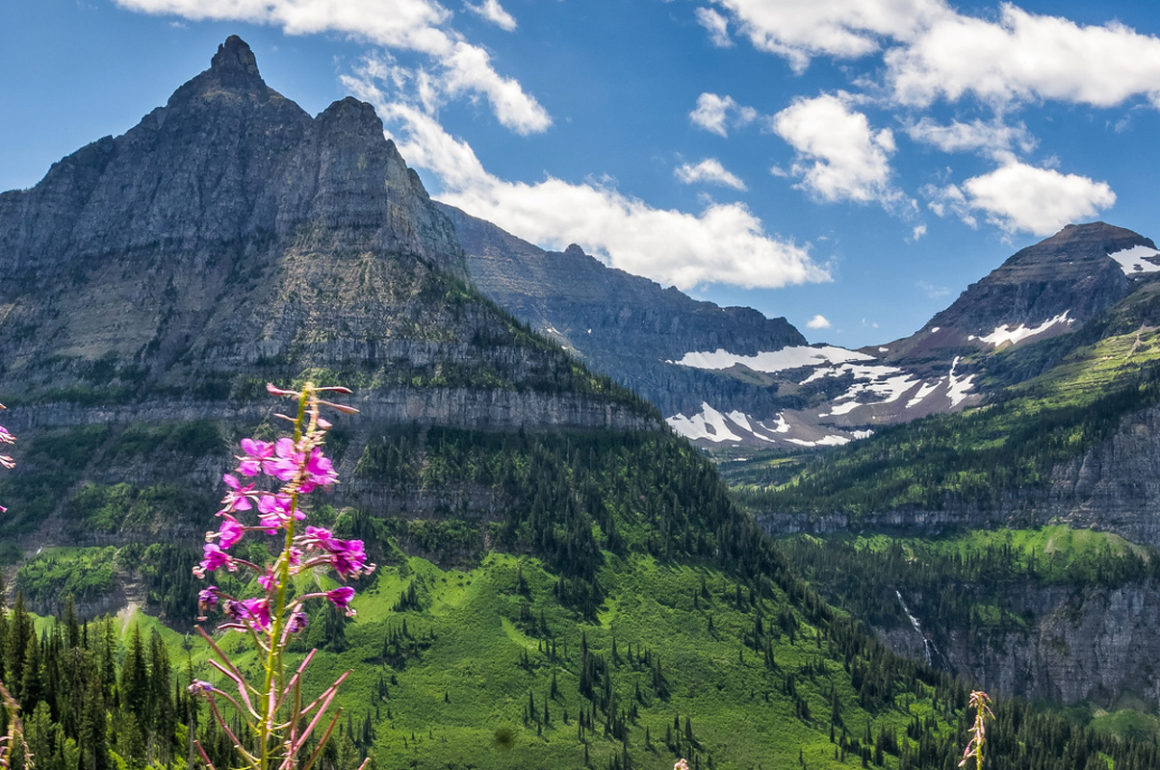
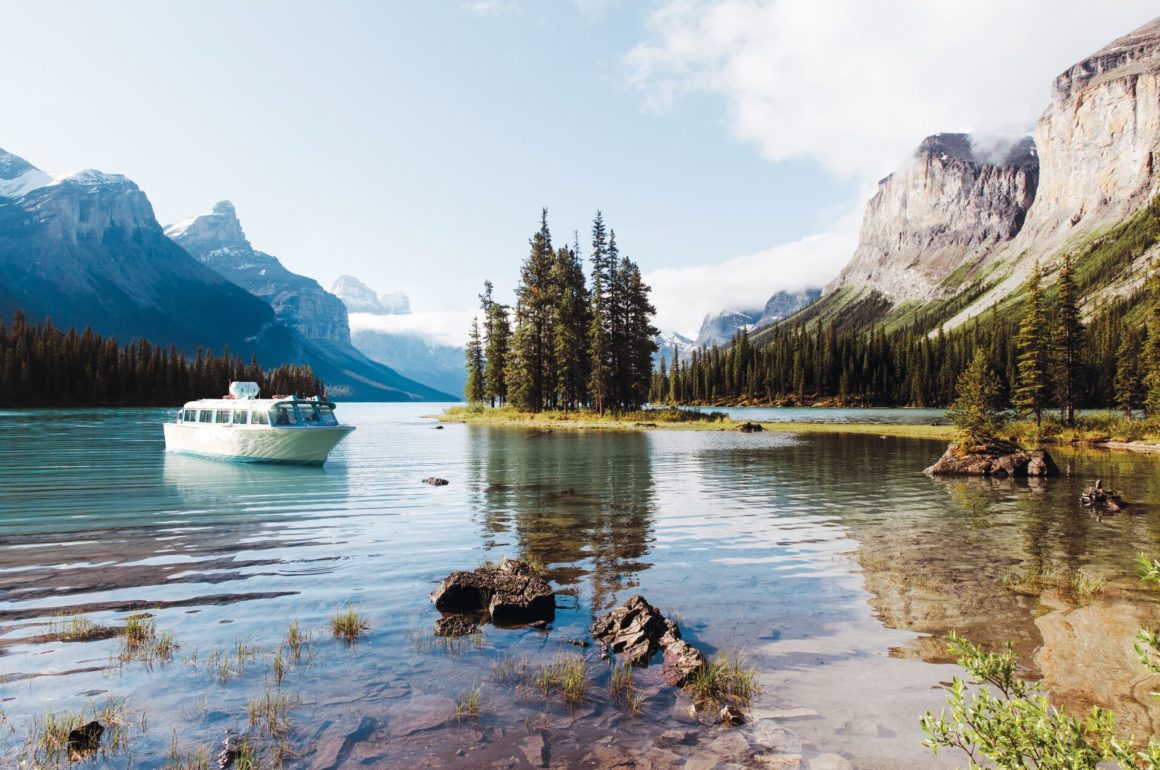
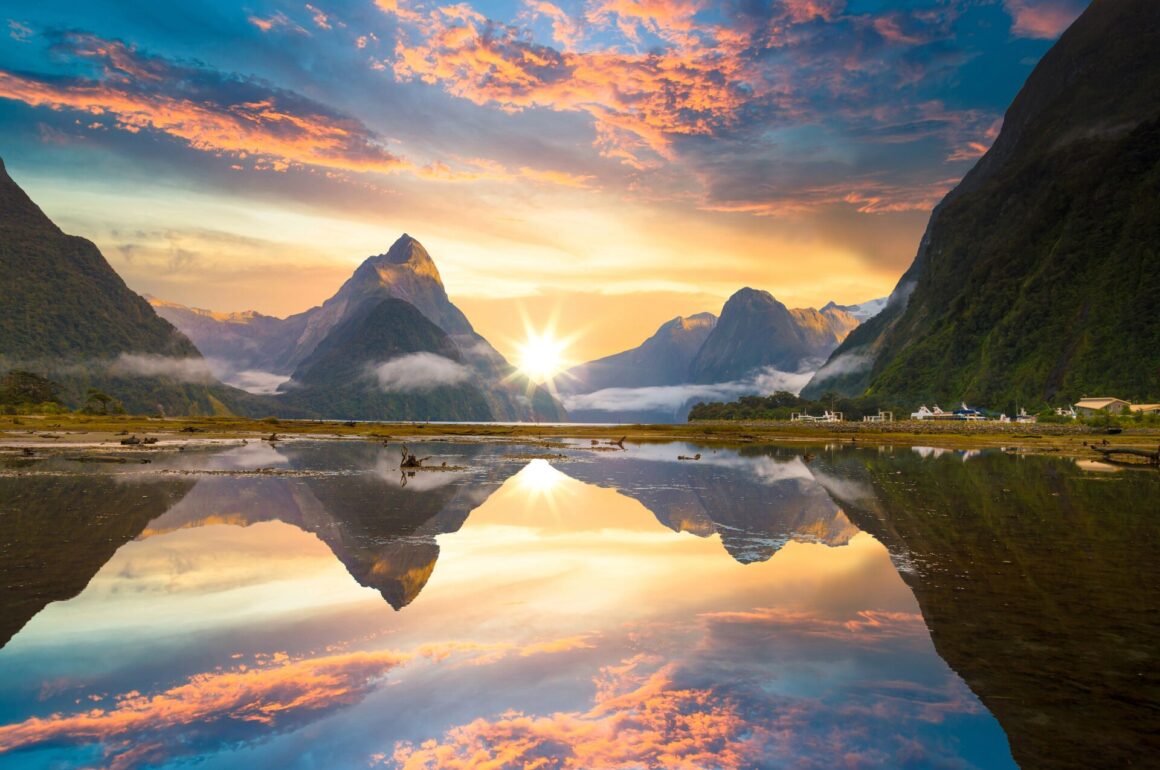
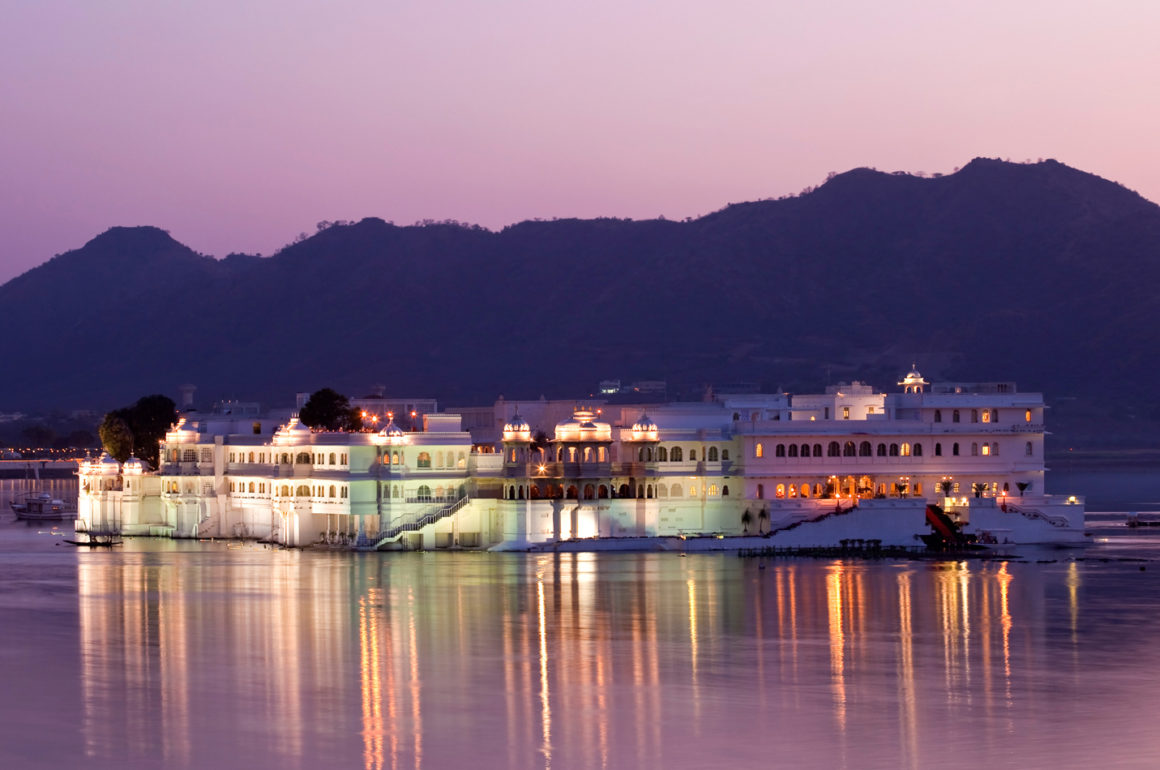
Leave a Comment